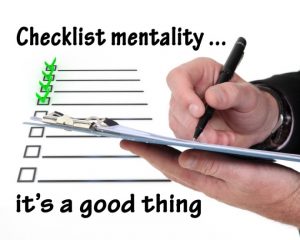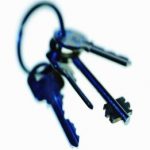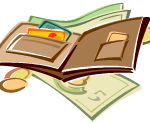 Yes You Can Improve Productivity Easily!
Yes You Can Improve Productivity Easily!
Carlo, a newly appointed vice president of sales is having difficulty transitioning from being “on the road” to being on-site: misplacing papers, showing up late for meetings, and even arriving for a sales presentation without the presentation materials! When he’s left his mobile phone at home, the day is completely wrecked. At work, his productivity is lagging and he worries that his new job is in jeopardy. At home, things are slipping and he’s frustrated.
Many professionals like Carlo feel overloaded, overwhelmed and under-productive when they transition to a new position. One way to enhance productivity is to develop personalized checklists and post them so they are visual reminders of responsibilities to complete.
Why Simple Checklists Work
Checklists help bring control to otherwise chaotic situations and help leaders regulate their own organizational behavior. Research supports the use of checklists as aids because they help identify the critical elements of a task or situation, contribute to the development of positive routines, help to conquer deadlines and allow for the measurement of progress toward a goal.
The idea of using checklists may seem deceptively simple, but it takes a bit of finesse. How many times have we heard about our colleagues making lists that end up buried in desk drawers or lost in piles of clutter on the floor? To work well, checklists need to be personalized and have enough detail about task and time to trigger focus and concentration.
Simple Steps for Creating Your Checklists
Here are a few guidelines to help you design checklists that work:
- Get samples of checklists that you find appealing.
- Save time by reviewing pre-formatted lists or project management apps that you can personalize. For example, go to checklists.com or www.trello.com
- Brainstorm to identify the aspects of the situation to improve.
- Sequence or prioritize the items.
- Describe how each item on the checklist can help you be more organized, timely, or productive.
- Begin with a few items and test the usefulness of the checklist.
- Employ your preferred learning style to personalize the checklist. For example, if you are a “picture” rather than a “word” person, create reminders using a list of pictures rather than words. If you are a “number” person, then count items and put them in a sequence. Of course, if you react well to sound, use your phone or computer alarm as a reminder.
- Post checklists in very visible and difficult to ignore places. For example, post a Getting out of the House checklist at eye level on your exit door. Start simple. Some people start with routines to get out of the house with the items that are needed for the day.
Getting Out of the House Print Checklist
Feel free to add anything to this list that is vital to your needs.
Essentials
- License and credit cards
- Cash
- Checkbook
- Keys
- Cell phone
- Attaché
- Reading and/or sun glasses
- Snack/Water
Errands
- Shopping list
- Cleaning
- Shoemaker
- Post office
- Library
- Other:
Get Support
When transitioning to a new position, you may be fatigued or stressed. In such situations, it may be useful to find a friend or coach to help you focus and boost your efforts to develop or adapt checklists.
*******************************
Click Here for Great Resources from Dr. Geri Markel
Dr. Markel Offers Value-Driven Keynotes and Breakouts.
Download Dr. Markel’s Speaker One Sheet: GeriMarkelCorporateOneSheet-Print
Book Dr. Markel to Speak at Your Next Event? Connect Today!








